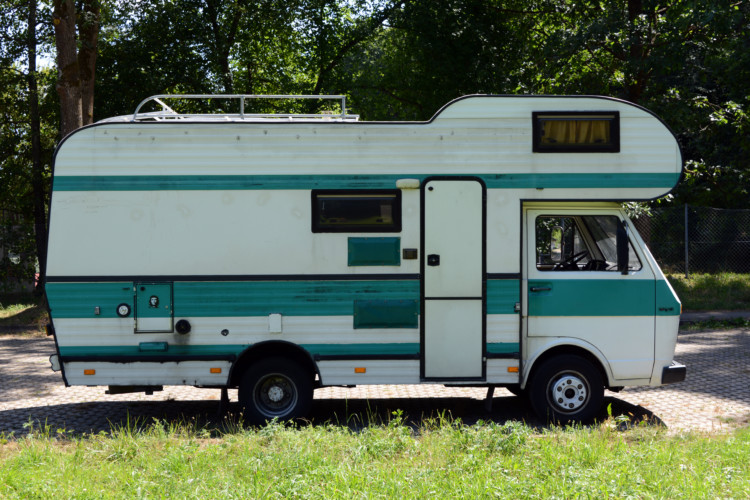 Ready to buy an RV but you want to save money? Knowing the pros and cons of buying a used RV is the best way to make sure you buy a vehicle that is perfect for your needs.
Ready to buy an RV but you want to save money? Knowing the pros and cons of buying a used RV is the best way to make sure you buy a vehicle that is perfect for your needs.
Pros
- You save a significant amount of money. Deprecation on an RV is immediate and substantial.
- Can opt to rebuild, redecorate and restore the RV to your liking. Customization is easier when you start from used.
- The RV you want might not be made anymore. This is the best way to find it.
- Insurance will be cheaper for a used RV.
Cons
- You never know what might be wrong with the RV: It might not be visible, so make sure you take extra precautions.
- You may not be aware of how depreciated the RV is in value.
- Often the manufacturer’s warranty has run out.
- Can spend a considerable amount of money on upgrades.
Ten ways to improve your chances of getting a good used RV:
- Check it out. Make sure you do a walk-through before you buy the RV.
- Look very carefully for signs of mold. Even if you don’t see any water damage in the usual spots, sometimes there’s mold on the interior which can be signs of leaks or other water problems. Check the corners of ceilings and floors, the walls, and the corners and caulk in the bathroom around the fixtures. Don’t hesitate to check cabinets and closets. If they feel warmer than the rest of the RV, that may be a sign of mold. Bring a flashlight!
- Go over every inch of the ceiling. Look for brown spots, whether it’s bowed, or even coming down. Yes, a damaged ceiling can be repaired, but there’s a chance that’s a sign of more substantial problems being hidden.
- Do a close inspection of all the floors. The floors should be stable and sturdy. Too much give can indicate rotting.
- Look under the exterior trim and check the screws. Visible corrosion or rust could indicate water is getting in. If the screws still look clean and painted, the RV is probably in good shape.
- Open up and look inside all the exterior panels. Everything should look clean and dry.
- Test the walls. If you push with a fair amount of force and there isn’t too much give, you’re doing fine!
- Give the roof a thorough inspection. Look at all of the caulking to make sure everything is sealed. Check around the skylight and vent as well as the entire perimeter. You’re looking for old, blackened, crumbling or moldy caulk.
- Check that the roof is stable. Walk around the roof and make sure it feels sturdy and stable beneath your feet. This way, you can tell if there’s rot.
- Check the engine. Make sure it doesn’t smell burnt. Even if the oil has been changed, this is a way to tell if it’s been overheated to an extreme degree.

